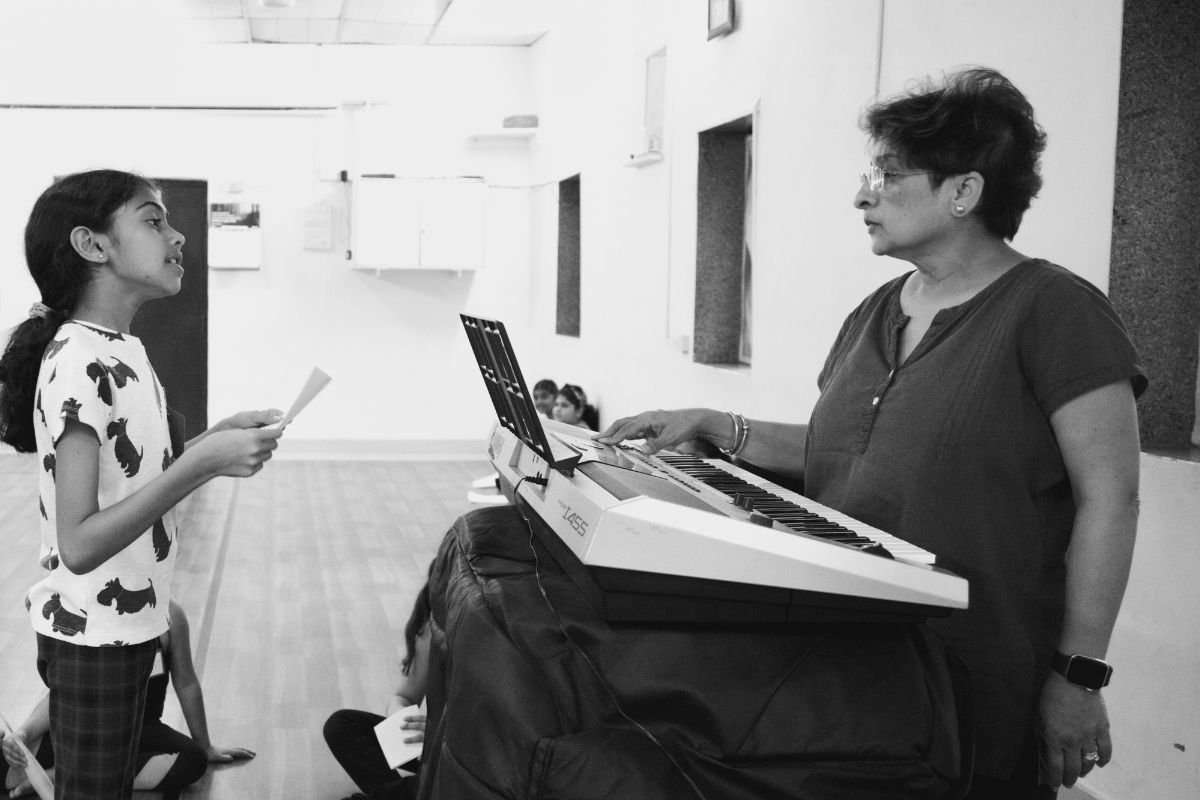Unlocking the Complete Performer:
Where Technique Meets Expression
In the world of performance—whether opera, musical theatre, or any genre demanding vocal and physical presence—success isn’t just about hitting the right notes. It’s a multidimensional craft that fuses technique, expression, interpretation, stamina, communication, and acting into a singular, compelling force. Let’s explore how these elements intertwine to shape a truly complete performer.
Musical Interpretation
If the libretto or script is the skeleton of a work, musical interpretation is its beating heart. The way an artist breathes life into a score—through phrasing, nuance, and emotional depth—is what distinguishes a memorable performance from a forgettable one. Are you telling the story the composer intended? A great interpreter reads between the notes, feeling the undercurrents of the music and shaping each line with intention. This is where your individuality comes alive.
Confidence
Confidence is the invisible thread that binds your craft. It stems from preparation, technique, and emotional ownership of your material. With confidence, you’re free to take risks, to be vulnerable, to connect. It’s the quality that pulls the audience in and holds them in the palm of your hand.

Solid Technique
Technique is your foundation—breath control, support, placement, diction, and alignment. Without it, even the most passionate performance can falter. Proper technique frees you to express fully, safely, and sustainably. It protects your voice, builds endurance, and ensures you can meet the demands of any repertoire with clarity and strength.
Stamina
Stamina is more than physical endurance; it’s also mental and emotional resilience. The demands of long rehearsals, performances, and tours can take a toll. Building stamina means training smart, using correct technique, prioritizing health, and incorporating rest. It’s about maintaining vocal strength and focus through every stage of production—from the first rehearsal to the final curtain.

Communication
Whether singing a Schubert lied, a Sondheim ballad, or a Puccini aria, communication is your bridge to the audience. Through phrasing, dynamics, breath, and body language, you convey meaning. But communication extends beyond the performance: how you speak with collaborators, conductors, and the press also reflects your artistry. Your voice is not just an instrument—it’s your connection.
Acting
A beautiful voice may captivate, but it’s compelling acting that sustains attention. Acting transforms the singer into the character, allowing voice and body to work in harmony. This demands training, discipline, and a willingness to inhabit the role fully. Expression, timing, and stage presence all play their part in delivering an authentic and moving performance.
These six elements don’t exist in isolation—they breathe and move together. When fully integrated, they transform you from a performer into a storyteller, a vessel, an artist.
That’s what makes a performance unforgettable.

